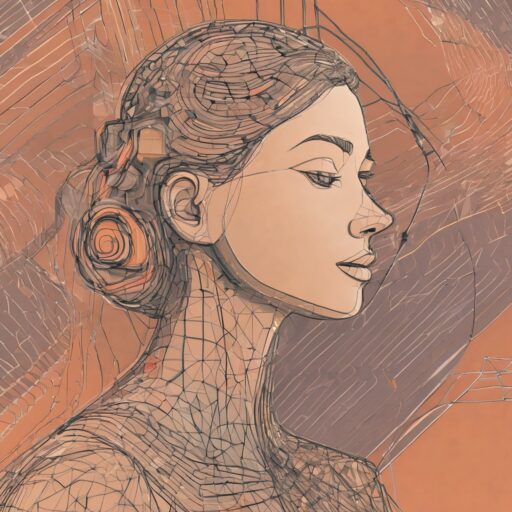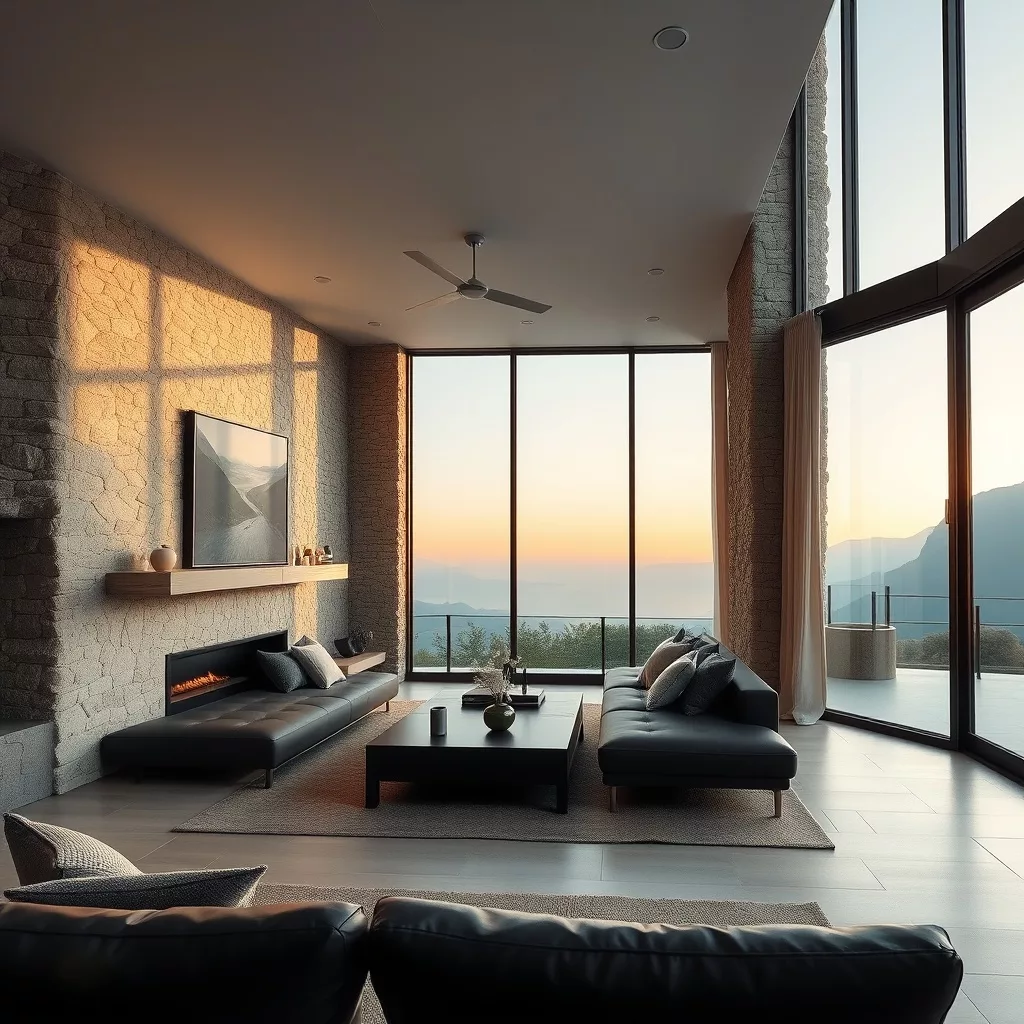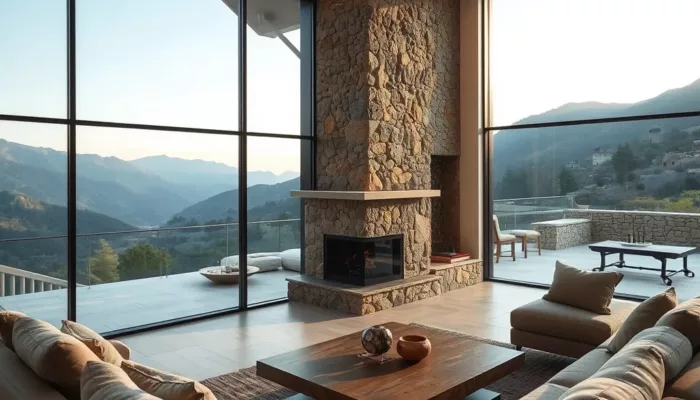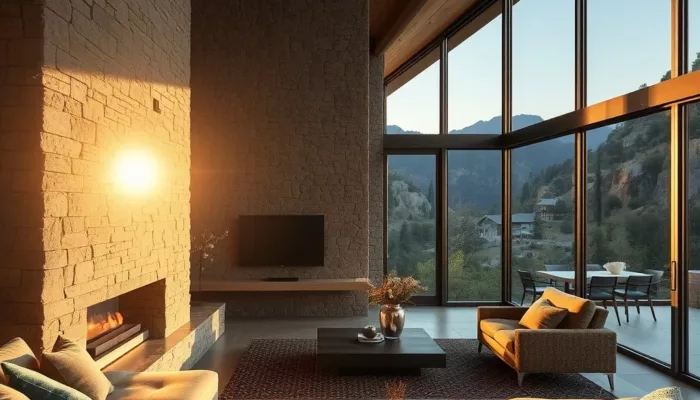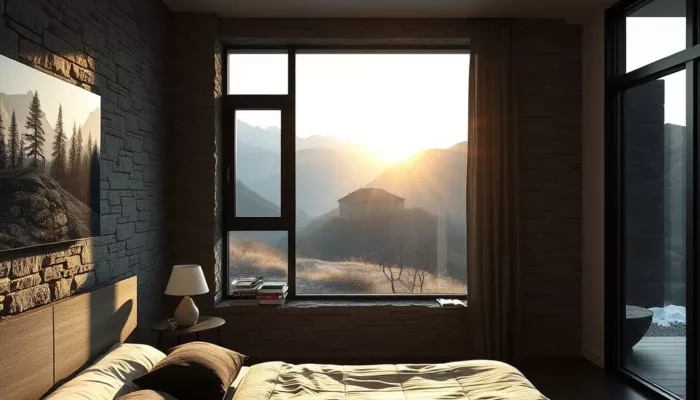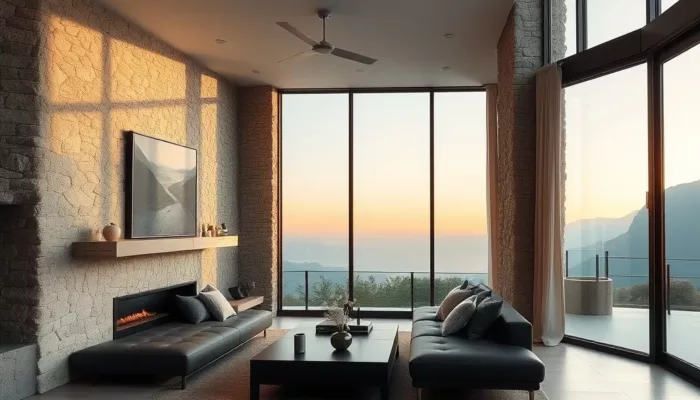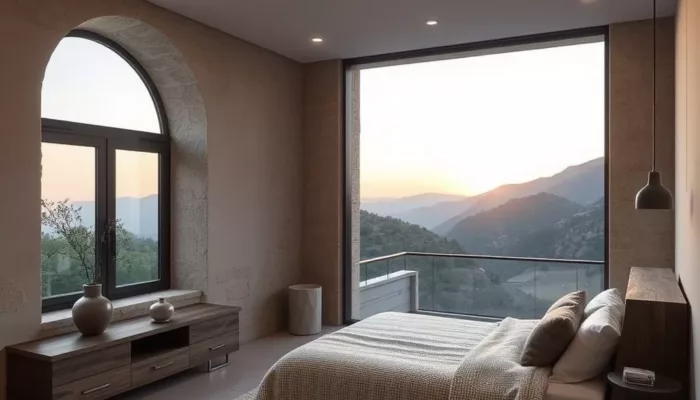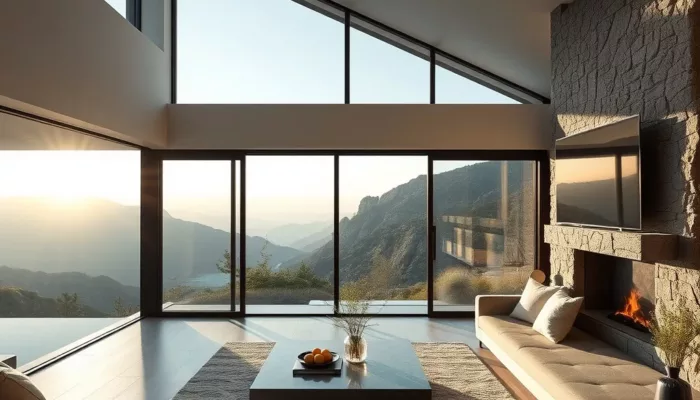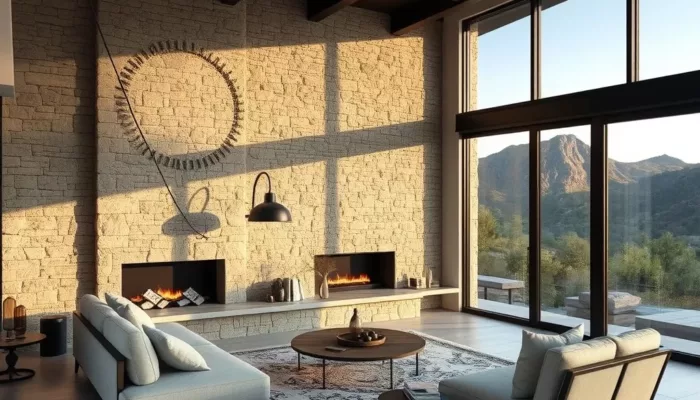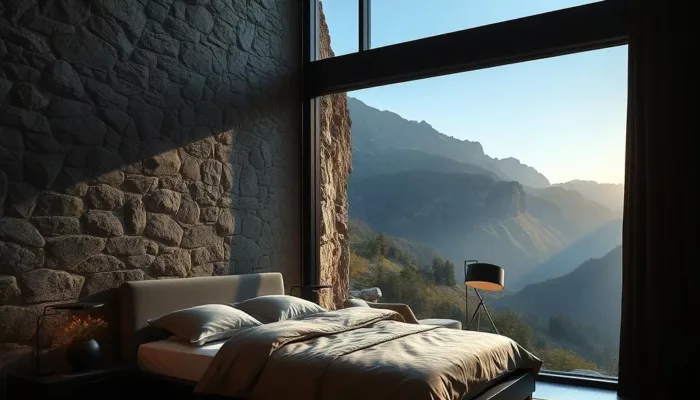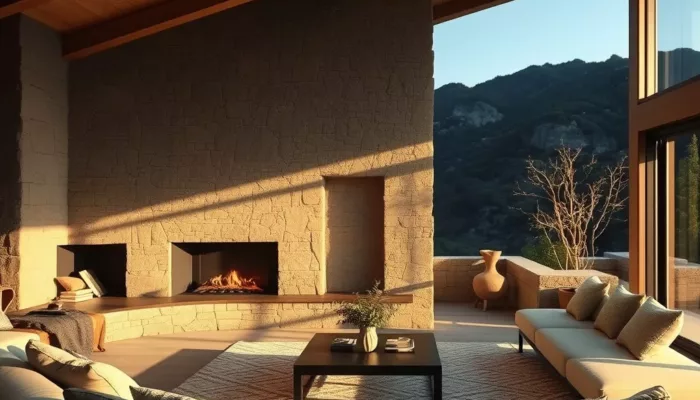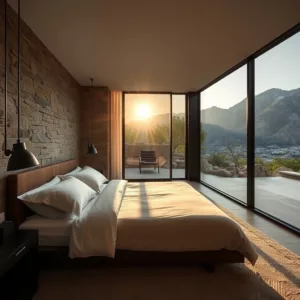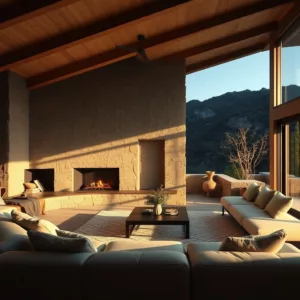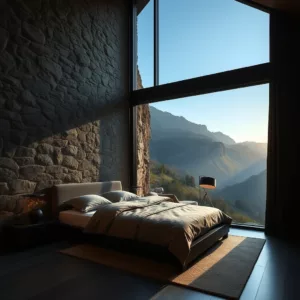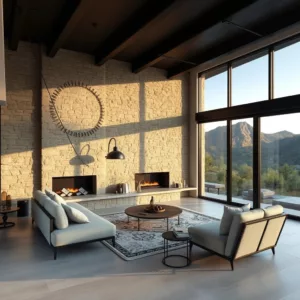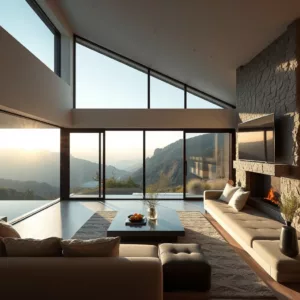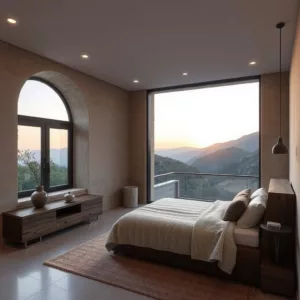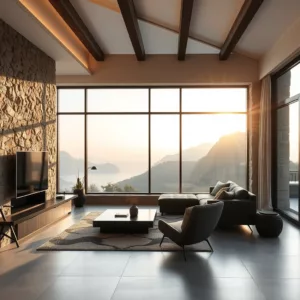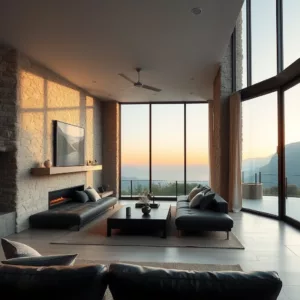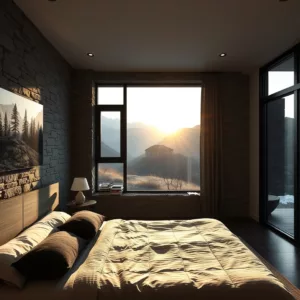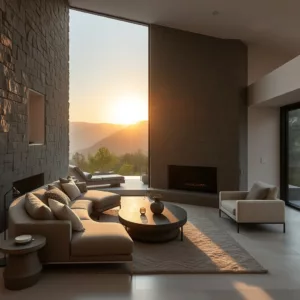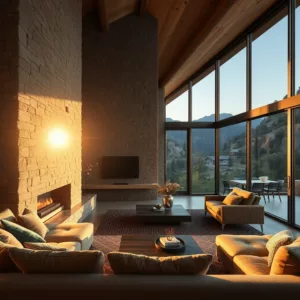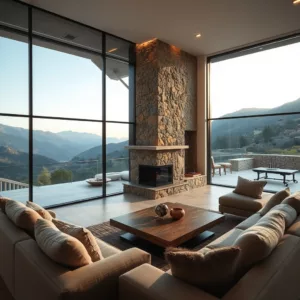Contemporary Design Style: Definition, Features and Application
The Contemporary Design Style, often referred to as the “contemporary style”, is a dynamic approach to interior design that is guided by current trends and needs. Unlike other design styles that have fixed features or historical roots, the contemporary style is flexible and constantly changing. It represents the aesthetic and functional preferences of the present and is characterized by clean lines, neutral color palettes and the skilful integration of modern materials and technologies.
Origin and philosophy
The contemporary style emerged in the second half of the 20th century, when design approaches diversified and modern technologies found their way into interior design. In contrast to more traditional styles such as classicism or minimalism, which follow fixed principles, the contemporary style is more of a collective term for current designs that combine elegance, comfort and functionality.
His philosophy is based on creating spaces that are contemporary but also reflect the individuality and lifestyle of their occupants. It’s about balancing beauty and function while ensuring openness and versatility.
Characteristic features of the contemporary design style
The Contemporary style is defined by several key elements that distinguish it from other design approaches:
- Clean lines and simple shapes
Furniture and architectural details in the contemporary style are characterized by their clean, clean lines and simple shapes. These elements give the room a modern and orderly look. - Neutral color palette with accents
Neutral tones such as white, grey, black and beige dominate the contemporary style. Accent colors used in artwork, pillows, or rugs add visual interest and dynamism. - Mix
Contemporary design often integrates a variety of modern materials, including glass, metal, concrete, and polished finishes. Natural materials such as wood and stone are also used to add warmth and texture. - Focus on light
Lighting plays a central role in contemporary design. Large windows allow natural light to flow into the room, while modern light fixtures such as pendant lights, LED strips, and accent lighting add aesthetic accents. - Open floor plans
Contemporary-style spaces are often open-plan to create a sense of space and connection between the different areas of a home. - Art and decoration
Works of art and decorative elements are central components of this style. They are deliberately chosen to add personality to the room without cluttering it. - Sustainability and technology
Contemporary design is increasingly emphasizing eco-friendly materials and sustainable practices. Smart home technologies and energy-efficient solutions are often an integral part of modern interiors.
Application of the Contemporary Design Style
The contemporary style can be implemented in any room of the house:
- Living room: Large sofas with clean lines, a modern coffee table in glass or metal, as well as discreet decorations create an elegant and comfortable ambience.
- Kitchen: High-gloss cabinetry, minimalist stone or concrete countertops, and integrated appliances offer functionality and style.
- Bedroom: A simple bed with an upholstered headboard, simple bedside tables and soft lighting ensure peace and relaxation.
- Bathrooms: Contemporary bathrooms rely on simple designs, elegant fittings and the use of materials such as marble or ceramics.
Advantages of contemporary design
- Timeless elegance: Although the style adapts to current trends, its simplicity and versatility make it timeless.
- Flexibility: Contemporary design is adaptable and can be easily combined with other styles.
- Functionality: The combination of aesthetics and practicality ensures spaces that are both beautiful and suitable for everyday use.
- Sustainability: The focus on eco-friendly materials and energy-efficient solutions makes this style future-oriented.
Result
The Contemporary Design style is a perfect choice for those who want to create contemporary, elegant and functional spaces. Its flexibility and openness make it possible to adapt it to individual needs and preferences. With its mix of clean lines, modern materials and a thoughtful use of light and space, this style offers a harmonious marriage of form and function. Contemporary design is not only an expression of the present, but also an investment in the future.
